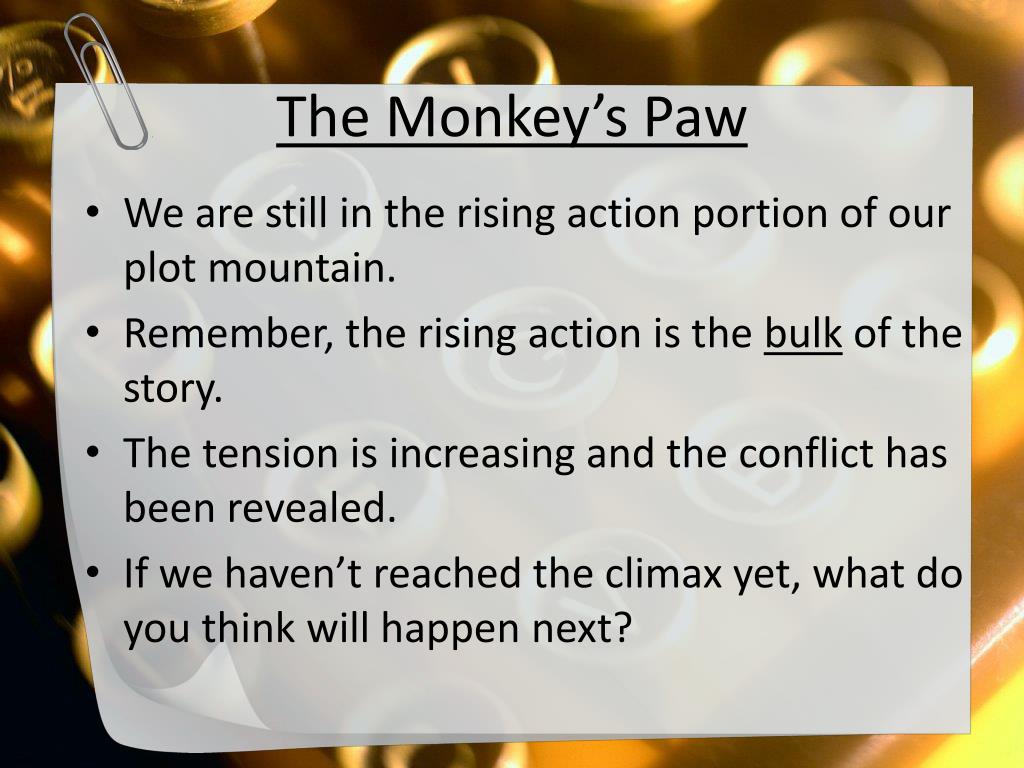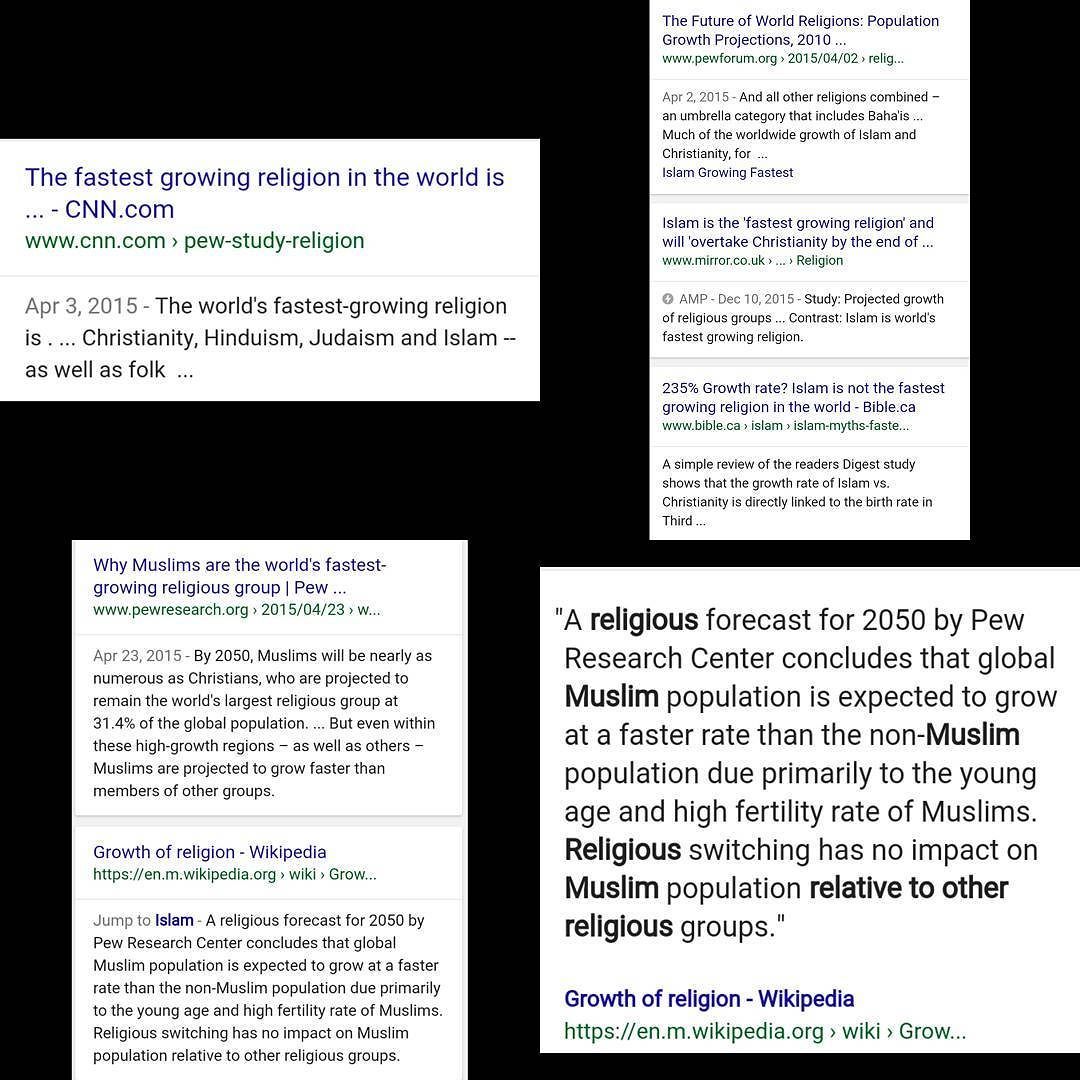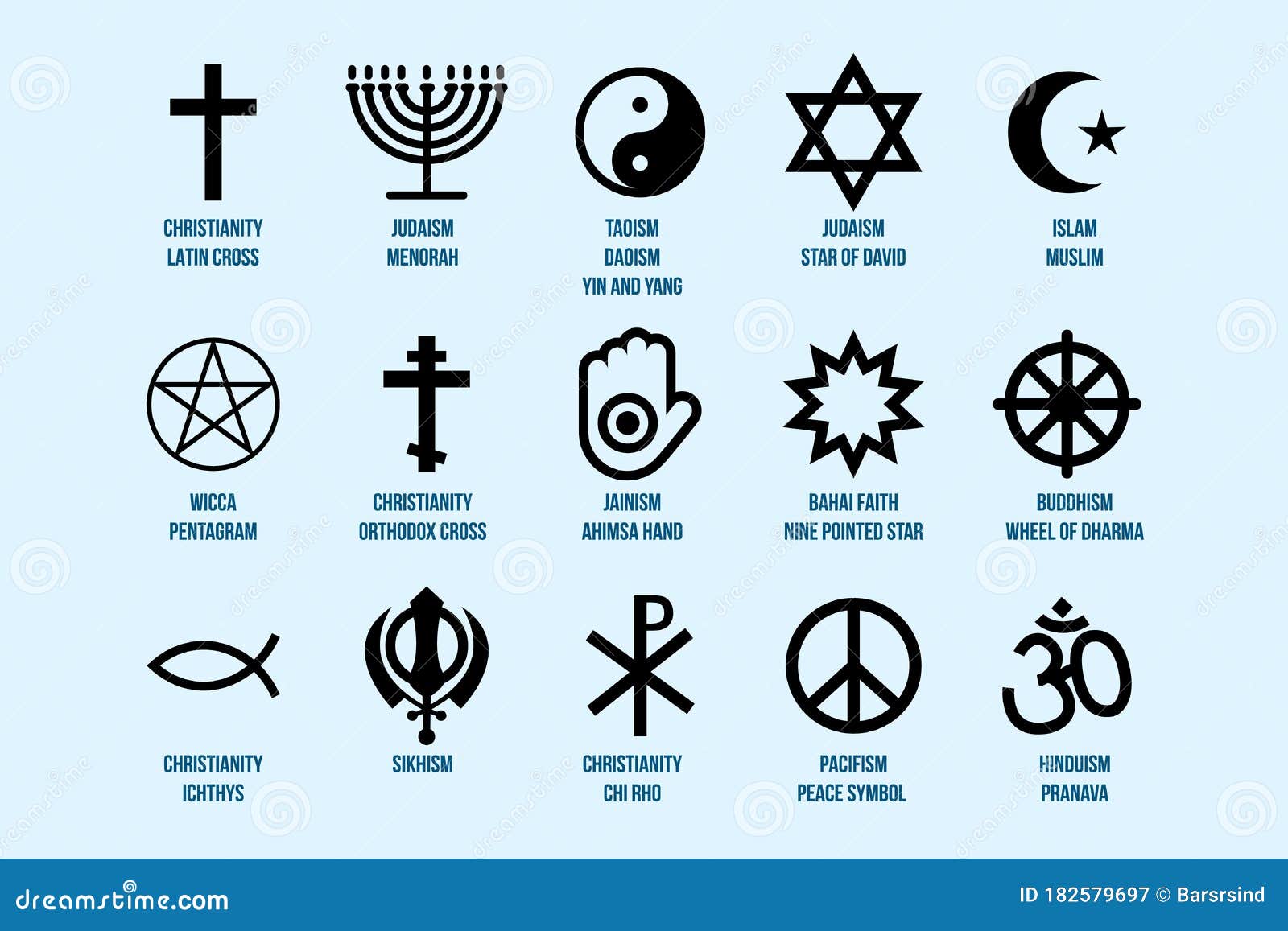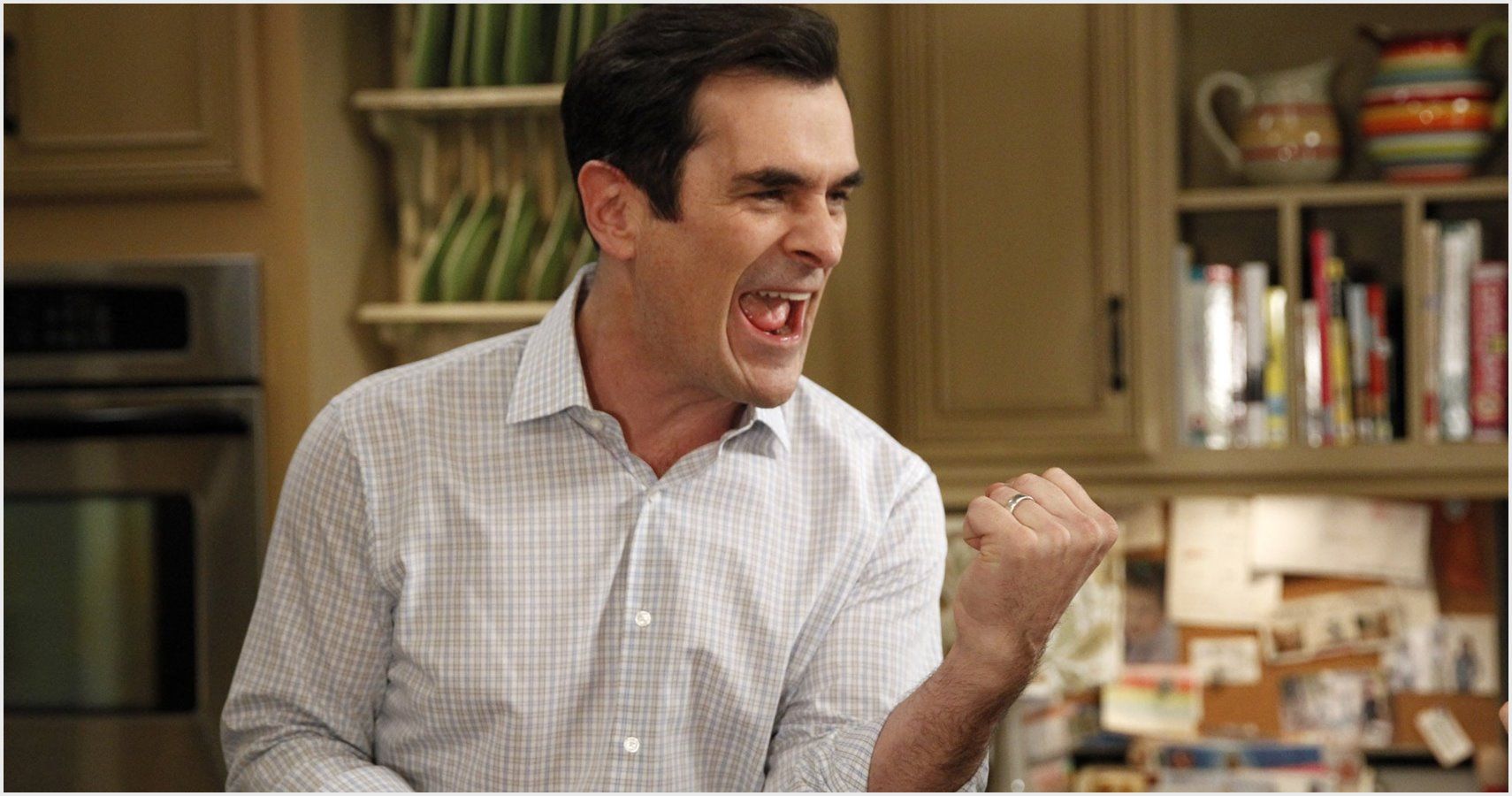The Double-Edged Impact of Health Messaging in the Media: Opportunities and Risks for Public Wellbeing
Introduction: The Power and Pitfalls of Health Messaging Through Media
Health messaging through media platforms is a dynamic force in shaping public perception, behaviors, and wellbeing. As society increasingly relies on digital and social channels for information, the influence of media on health outcomes intensifies. Media can rapidly disseminate vital health updates, promote healthy behaviors, and foster community support. However, these same channels can also spread misinformation, amplify anxiety, and deepen health disparities. Understanding both the positive and negative dimensions of health messaging is essential for individuals, healthcare professionals, and policymakers seeking to maximize benefits while minimizing harm [1] .
Positive Impacts: Education, Empowerment, and Access
Media channels, especially social media and established health websites, have revolutionized public health communication. Key benefits include:
- Rapid Dissemination of Reliable Information : Health institutions and agencies can quickly inform the public on crucial topics such as disease outbreaks, vaccination campaigns, and healthy living tips. This rapid response is especially critical during public health emergencies, where timely information saves lives [2] .
- Enhanced Engagement : By using videos, podcasts, and interactive content, media helps engage a broad audience, making complex health concepts more accessible and actionable. For example, during the COVID-19 pandemic, platforms like YouTube and Twitter were used by health agencies to provide up-to-date guidance and combat rumors [2] .
- Patient Empowerment and Community Support : Social media enables patients to share experiences, find peer support, and access advice from professionals and organizations. This can empower individuals to take charge of their health, seek help, and make informed decisions [3] .
- Bridging Access Barriers : For individuals in remote or underserved areas, media provides access to expert advice and health resources that might otherwise be unavailable. Official websites of organizations like the Centers for Disease Control and Prevention (CDC) and the World Health Organization (WHO) serve as trusted sources for accurate health information [1] .
How to Access Reliable Health Messaging:
- Visit official health agency websites such as the CDC (search for “CDC health topics”) or WHO (search for “WHO health information”).
- Follow verified social media accounts of local health departments and reputable organizations.
- Use search engines to find government or hospital resources by including terms like “official,” “CDC,” or “public health.”
- For direct advice, consult with your healthcare provider or contact local health clinics for recommendations on trustworthy sources.
Negative Impacts: Misinformation, Anxiety, and Health Disparities
Despite the benefits, health messaging through media also presents significant challenges:
- Spread of Misinformation : Misinformation and disinformation can rapidly circulate, leading to public confusion and harmful behaviors. Studies have shown that a significant proportion of health-related content on platforms like YouTube and Twitter during the COVID-19 pandemic was inaccurate or misleading [3] . This misinformation can undermine public health initiatives and fuel vaccine hesitancy.
- Mental Health Risks : Overexposure to negative or alarmist news, especially during crises, can increase anxiety, depression, and stress. Young people are particularly vulnerable, with studies linking high media consumption to increased risk of depression and self-harm [5] .
- Cyberbullying and Harassment : Social platforms expose both patients and healthcare providers to harassment, bullying, and stigma. Healthcare professionals report increased stress from online attacks and negative reviews [3] .
- Widening Health Inequalities : Access to digital health information is not uniform. Disparities based on education, income, and ethnicity can limit the benefits of media-based health messaging for some groups, potentially deepening health gaps [4] .
Steps to Minimize Negative Impacts:
- Evaluate the source of health information before acting. Prefer information from official agencies, hospitals, or known experts.
- If you encounter alarming or sensational health claims, cross-check with official resources or consult a healthcare professional.
- Limit time spent on social media, especially when feeling anxious or overwhelmed. Consider using digital wellness tools to manage usage.
- For young people and parents, discuss safe online practices and establish guidelines for consuming health content.
- If you or someone you know is experiencing cyberbullying or distress due to online health messaging, seek support from mental health services or school counselors.
Case Studies: Real-World Examples of Media Health Messaging
Public Health Campaigns: During the COVID-19 pandemic, official agencies used social media to promote mask-wearing, vaccination, and social distancing. The rapid spread of correct information helped curb outbreaks and inform the public about evolving risks [1] .
Misinformation Challenges: False claims about vaccine safety and alternative cures circulated widely, causing confusion and, in some cases, leading to lower vaccination rates. Health agencies countered this by increasing fact-checking and disseminating corrective information through multiple channels [3] .
Mental Health Awareness: Campaigns like Mental Health Awareness Month use media to reduce stigma, encourage seeking help, and connect people to resources. However, at the same time, negative online interactions or exposure to distressing stories can worsen mental health symptoms for some individuals [4] .

Source: vator.tv
Implementation Guidance: Navigating Health Messaging in Media
To maximize the benefits and minimize the harms of health messaging, consider the following practical strategies:
- Identify Trusted Sources: Use official health organizations’ websites and verified social media accounts. Always check for credentials and look for consensus among reputable sources.
- Engage Critically: Question sensational headlines and viral health posts. Look for supporting evidence and seek out multiple perspectives before sharing or acting on information.
- Educate Your Network: Share verified health information with friends and family, and encourage critical evaluation of sources. If possible, participate in community education efforts or online forums led by experts.
- Protect Your Mental Health: Set boundaries on media consumption and curate your feed to follow reputable health educators and supportive communities. If you notice negative impacts, consider digital detox practices or seek professional support.
- Report Misinformation and Harassment: Use platform tools to report false health content or abusive behavior. Many social media sites allow users to flag misinformation or block harassing users.
- Promote Digital Literacy: Encourage schools, workplaces, and communities to offer training on digital and media literacy. Understanding how to evaluate online information is key to safe media use.
For individuals seeking specific health services or information, you can:
- Contact your healthcare provider for personalized, evidence-based guidance.
- Visit local health clinics or public libraries for access to computers and trusted health resources.
- Call your state or local health department for information on current public health campaigns and resources.
- If you need mental health support, search for “mental health services” in your area or consult the official website of the National Alliance on Mental Illness (NAMI).
Alternative Approaches and Future Directions
Beyond traditional media, communities and policymakers are exploring alternative strategies to enhance the impact of health messaging:
- Community-Based Programs: Local workshops, health fairs, and peer education can complement online messaging and reach those with limited digital access.
- Partnerships with Influencers: Collaborations with trusted public figures or local leaders can help promote accurate health messages and reach diverse audiences.
- Regulation and Oversight: Governments and platforms are developing policies to reduce the spread of harmful health misinformation, but challenges remain. Stay informed about updates by checking official government and regulatory agency announcements.
Conclusion: Striking a Balance in Health Messaging
Health messaging through the media is a powerful tool with both positive and negative impacts. By choosing reliable sources, engaging critically, and supporting digital literacy, individuals and communities can harness the benefits while reducing the risks. When in doubt, seek expert advice and prioritize mental wellbeing in your media habits.

Source: wftv.com
References
- [1] National Library of Medicine (2023). Social Media Role and Its Impact on Public Health: A Narrative Review.
- [2] National Library of Medicine (2021). Social Media Use for Health Purposes: Systematic Review.
- [3] Physician Leadership Journal (2023). Effects of Social Media and Online Reviews on Healthcare.
- [4] Harvard T.H. Chan School of Public Health (2020). Social media use can be positive for mental health and well-being.
- [5] Bristol CBT Clinic (2021). The positive and negative effects of social media on young people’s mental health.
MORE FROM cheerdeal.com













